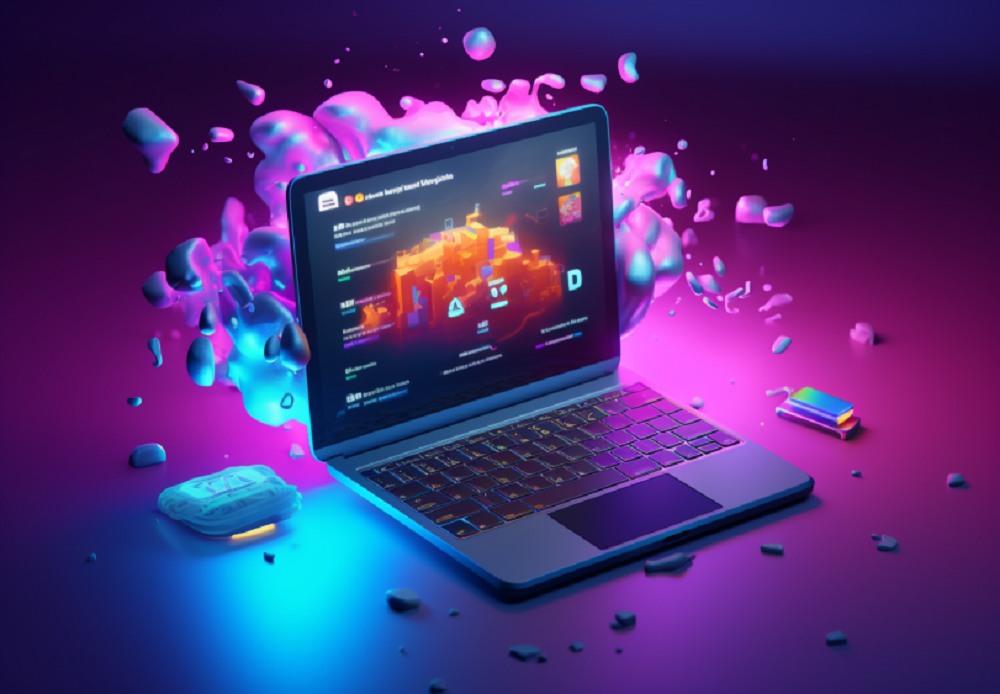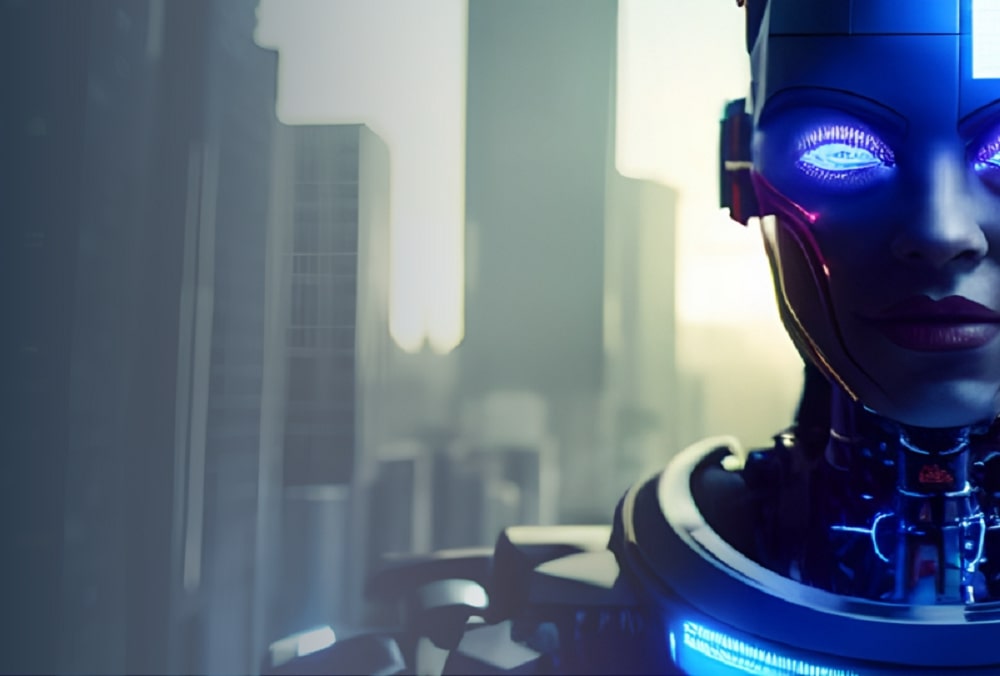A Comparison Between ChatGPT & Other Traditional Chatbots
Introduction
Conversational AI has witnessed significant advancements in recent years, and two popular approaches in this domain are ChatGPT and traditional chatbots. In this article, we will delve into the differences and benefits of these two technologies, providing a comprehensive understanding of their unique characteristics and applications. By the end of this article, you will have a thorough understanding of ChatGPT and traditional chatbots, allowing you to make informed decisions when choosing the most suitable solution for your specific needs.
1. Understanding Traditional Chatbots
Traditional chatbots are rule-based systems programmed with predefined responses to specific user inputs. They rely on pre-written scripts and keyword matching techniques to generate replies. These chatbots follow a deterministic approach, where their responses are solely based on programmed rules, lacking the ability to understand context or generate creative and dynamic responses. While traditional chatbots are effective for handling simple and predictable interactions, they often struggle with complex queries and fail to provide a truly human-like conversational experience.
2. Introduction to ChatGPT
ChatGPT, on the other hand, is a conversational AI model developed by OpenAI. It is based on the powerful GPT (Generative Pre-trained Transformer) architecture, which uses deep learning techniques to understand and generate human-like text. Unlike traditional chatbots, ChatGPT is not rule-based but relies on a vast amount of training data to learn patterns, language structures, and contextual understanding. It can generate responses that are coherent, contextually relevant, and even exhibit a sense of creativity and personality.
3. Flexibility and Adaptability
One of the key advantages of ChatGPT over traditional chatbots is its flexibility and adaptability. Traditional chatbots are rigid and require explicit programming of responses, making it challenging to handle nuanced or unexpected user queries. ChatGPT, being a language model, has the ability to learn from diverse conversational data and adapt to different user inputs. It can generate responses based on the context of the conversation, leading to more natural and human-like interactions.
4. Contextual Understanding and Natural Language Processing
ChatGPT's strength lies in its contextual understanding and natural language processing capabilities. It can comprehend and generate responses that go beyond keyword matching, taking into account the entire conversation history and context. This allows for more dynamic and interactive conversations, making it suitable for a wide range of applications, including customer support, virtual assistants, and content generation.
5. Creative and Engaging Responses
Traditional chatbots often produce formulaic and repetitive responses due to their reliance on pre-written scripts. ChatGPT, on the other hand, has the ability to generate creative and engaging responses. It can provide personalized recommendations, generate original content, and adapt its tone and style based on the user's input. This capability enhances the user experience, making interactions with ChatGPT more enjoyable and human-like.
6. Limitations of Traditional Chatbots
While traditional chatbots have their uses, they have limitations that can impact their effectiveness in certain scenarios. Due to their rule-based nature, traditional chatbots struggle with handling complex queries or understanding ambiguous user inputs. They lack the ability to learn and improve over time, resulting in static and less dynamic conversations. Additionally, traditional chatbots require manual updates to their scripts and rules whenever new scenarios or responses need to be incorporated, making them less scalable and time-consuming to maintain.
7. Limitations of ChatGPT
While ChatGPT represents a significant advancement in conversational AI, it also has its limitations. One notable challenge is the generation of incorrect or nonsensical responses. ChatGPT may occasionally produce answers that are plausible-sounding but factually inaccurate or irrelevant to the conversation. This issue arises due to the model's reliance on statistical patterns in the training data, which can sometimes result in errors or misinformation. Additionally, ChatGPT may struggle with handling highly technical or domain-specific queries, as it may lack specialized knowledge or expertise in certain areas.
8. Training and Data Requirements
Traditional chatbots typically require manual programming and scripting of responses, which can be time-consuming and labor-intensive. On the other hand, ChatGPT requires substantial amounts of training data to fine-tune the model and achieve optimal performance. Training a language model like ChatGPT involves leveraging large-scale datasets and powerful computational resources. While this process can be resource-intensive, it allows ChatGPT to learn from diverse conversational patterns and improve its responses over time.
9. Real-Time Interaction and Responsiveness
Another aspect to consider when comparing ChatGPT and traditional chatbots is real-time interaction and responsiveness. Traditional chatbots often provide immediate responses since they rely on pre-programmed scripts. However, these responses may be limited in their ability to understand complex queries or provide personalized answers. ChatGPT, on the other hand, may require additional processing time to generate responses as it analyzes the context and generates coherent and contextually relevant answers. While the response time of ChatGPT can vary depending on the model size and computational resources, it offers the advantage of more dynamic and nuanced interactions.
10. Use Cases for Traditional Chatbots
Traditional chatbots still find relevance and value in specific use cases where simplicity and predictability are paramount. For instance, they can effectively handle basic customer inquiries, provide predefined information, and automate simple tasks. Traditional chatbots are often used in scenarios such as FAQ sections on websites, basic customer support interactions, or providing quick access to information.
11. Use Cases for ChatGPT
ChatGPT shines in applications where natural language understanding, contextual responses, and a more human-like conversational experience are desired. It can be utilized in various domains, including customer support, virtual assistants, content generation, and interactive storytelling. ChatGPT's ability to adapt to different conversational contexts and generate creative responses opens up possibilities for more engaging and personalized user experiences.
12. Ethical Considerations
Ethical considerations are important when deploying conversational AI systems. Both traditional chatbots and ChatGPT require careful monitoring to ensure responsible use. Bias, privacy concerns, and potential misuse of AI-generated content are critical aspects to address. Ethical frameworks and guidelines must be implemented to safeguard against unintended consequences and promote fairness, transparency, and accountability.
13. The Future of Conversational AI
The future of conversational AI lies in further advancements and the integration of ChatGPT and traditional chatbot approaches. Hybrid models that combine rule-based systems for specific tasks with the flexibility and creativity of language models like ChatGPT hold promise for delivering highly effective conversational experiences. Ongoing research and development are focused on improving the limitations of both approaches and creating more robust and reliable conversational AI systems.
14. Choosing the Right Solution
When deciding between ChatGPT and traditional chatbots, it's essential to evaluate your specific requirements, goals, and constraints. Consider factors such as the complexity of interactions, need for contextual understanding, scalability, training data availability, and desired user experience. Assessing the strengths and limitations of each approach will guide you in selecting the most suitable solution for your intended use case.
15. Conclusion
In conclusion, both ChatGPT and traditional chatbots have their distinct characteristics and benefits. Traditional chatbots excel in simple and predictable scenarios, while ChatGPT offers a more dynamic, contextually aware, and human-like conversational experience. By understanding the differences and considering the specific requirements of your use case, you can make an informed decision about which approach best aligns with your goals.
It's important to recognize that the field of conversational AI is rapidly evolving, and advancements are continually being made. As technology progresses, we can expect to see further improvements in both ChatGPT and traditional chatbots. Hybrid models that combine the strengths of both approaches may emerge, providing even more sophisticated and versatile conversational AI solutions.
Ultimately, the choice between ChatGPT and traditional chatbots depends on the nature of your application, the level of complexity required, and the desired user experience. By carefully considering the specific needs and objectives of your project, you can leverage the benefits of either ChatGPT or traditional chatbots to enhance customer engagement, streamline operations, and create meaningful interactions.
As you navigate the realm of conversational AI, stay informed about the latest developments and best practices. Continued research, experimentation, and collaboration within the AI community will shape the future of conversational AI, unlocking new possibilities and opportunities for businesses and users alike. Whether you choose ChatGPT, traditional chatbots, or a combination of approaches, the aim is to create conversational experiences that are seamless, intelligent, and truly transformative.






